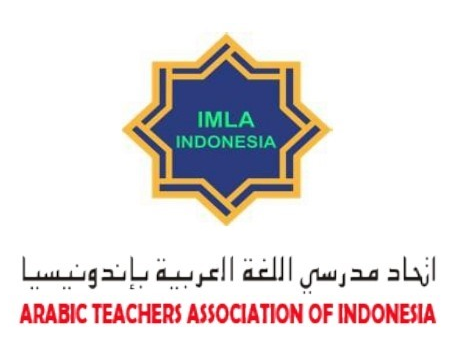
| ISSN |
| P-ISSN: 1693-5764 |
| E-ISSN: 2597-8551 |
| MAIN MENU |
| Focus and Scope |
| Editorial Team |
| Reviewers |
| Contact Us |
| Journal History |
| Indexing |
| SUBMISSIONS |
| Submit to Al-Ma'rifah |
| Author Guidelines |
| Manuscript Template |
| Article Processing Charges |
| Sponsorship |
| PUBLICATIONS |
| License & Copyright |
| Peer Review Process |
| Publication Ethics |
| Plagiarism Screening |
| Journal Management |
| Open Access Policy |
| Archiving Policy |
| INFORMATIONS |
| For Readers |
| For Authors |
| For Librarians |
| IN PARTNERSHIP WITH |
| TOOLS |
| STATISTIC |









